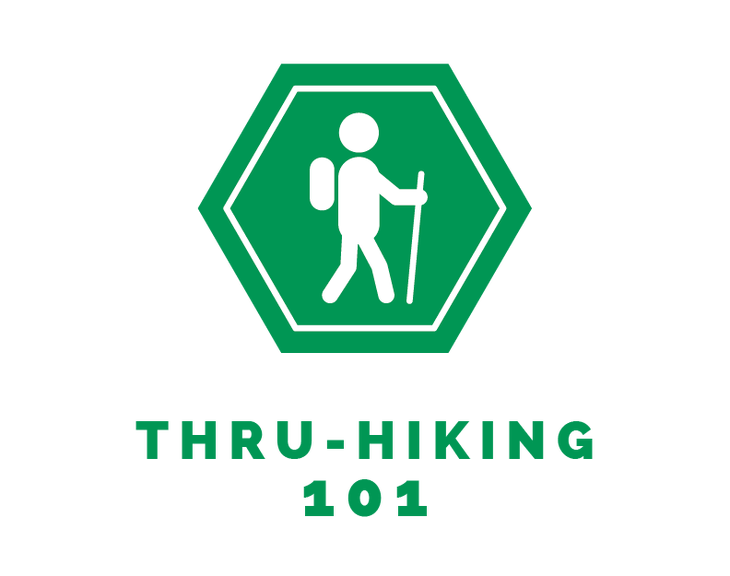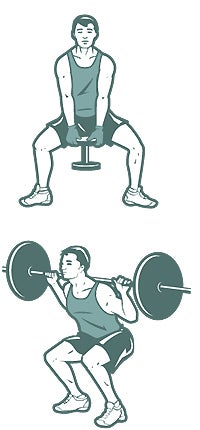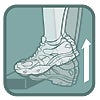Heading out the door? Read this article on the new Outside+ app available now on iOS devices for members! Download the app.
Stop just dreaming about a thru-hike; make it real! Our online Thru-Hiking 101 class covers everything you need to plan and finish the long-distance hike of your dreams. Start it instantly, complete it at your own pace, access it forever. Sign up now!

This month, as hundreds of Appalachian Trail thru-hikers arrive at Katahdin, they’ll breeze up the final climb on new legs. Literally, according to a 2008 study by Alma College physiologist John E. Davis, Ph.D., which measured just how much AT thru-hikers improve their strength, endurance, and overall athleticism. Some undergo radical makeovers: When Joshua “BurrasS” Burris left Springer Mountain in early 2008, he was flabby, sucking wind, and averaging just five to eight miles per day. Fast-forward six months: He dropped 75 pounds, developed calves of steel, and could easily pound out 20-plus-mile days. Whether you’re training for a thru-hike next year or just want to feel like you finished one, start this high-intensity workout now.
Quads
The average thru-hiker’s quads expand more than 10 percent, and thigh circumference increases by almost two inches–boosting the ability to hammer up hills and hike longer without tiring, Davis says.
Weekend Fix
Nothing beats the classic squat. Bulk up with three sets (set one: 10 to 12 reps; set two: eight to 10 reps; set three: six to eight reps) every other day. Use the heaviest weight that lets you complete each set with correct form (you should be spent by the final squat) and add five pounds every two weeks. Here’s how to do it: With a barbell balanced on your shoulders, stand with feet shoulder-width apart and toes angled slightly out. Bend knees and squat using a slow, controlled motion, keeping torso erect. Don’t lean forward; keep your feet flat, hips under the bar, and chin up. Never lock your knees or drop knees past 90 degrees. Beginners: Nail down perfect form by doing sumo squats. Hold a dumbbell between your legs instead of a weighted bar on your back.


Calves
Strong calves stabilize the ankle when you climb steep trails and uneven terrain. Over the course of a 2,000-mile thru-hike, calf muscles grow an average of 3.5 percent, gaining a half-inch in circumference.
Weekend Fix
Calf raises isolate the muscle and translate directly to stronger hiking, says Davis. Do three sets of eight to 10 reps, three times per week (shoulder your loaded backpack for even more resistance, adding five pounds every two weeks). To do it, stand on a six-inch step with both heels overhanging. Slowly lower yourself as far as you can, then raise up on your toes.
VO2 Max
This measure of the body’s ability to fuel muscles with oxygen increases a whopping 18.3 percent over the course of a long hike. “Having a high VO2 max will allow you to go for very long periods without fatiguing as much,” Davis says. “It also helps in recovery.”
Weekend Fix
To jack up VO2 max to thru-hiker levels, Davis suggests 30 minutes of cardiovascular exercise (hiking, running, biking) at 60 to 75 percent of your maximum heart rate (220 minus your age), five days per week. After two weeks, lengthen cardio sessions to an hour and add two 20-minute, high-intensity workouts at 75 to 90 percent of your max heart rate. Over the next month, up cardio sessions to 90 minutes, four times per week, and high-intensity workouts to 40 minutes, three times per week.